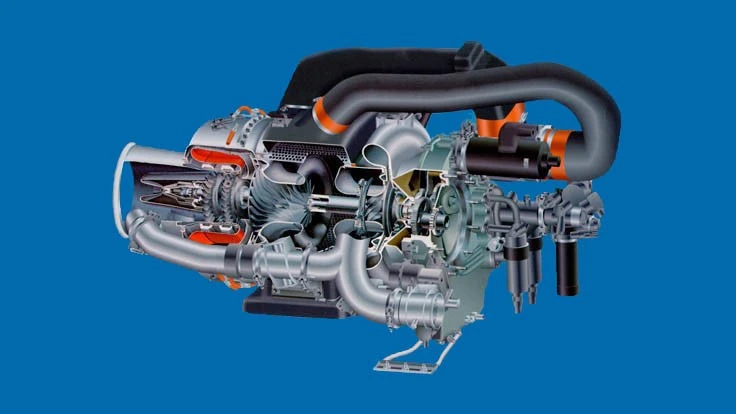
Honeywell has reached two major milestones in the production of auxiliary power units (APUs) for aircraft by rolling out its 100,000th overall and the 15,000th of its most popular variant, the 131-9 model.
APUs provide power to tens of thousands of aircraft in the skies today, and Honeywell has been the leader in the space for nearly 70 years. Numerous commercial and military platforms have relied on Honeywell APUs to start their main engines and provide additional power to other important systems.
"Honeywell invented the auxiliary power unit and has been the production and technological leader in APUs ever since," said Brian Sill, president, Engines and Power Systems, Honeywell Aerospace.
A flight begins and ends with the APU. From the minute a passenger boards a plane until it reaches the destination gate, this small engine provides electrical power to the aircraft to start the main engines, run the air conditioning, operate lighting and flight equipment, and more. It is also an important safety feature because of the backup power it supplies to cockpit and hydraulic systems in an emergency, which help control things like steering, air speed, and altitude during flight.
Honeywell's first APU took to the skies in 1950, and the company has built more than 100,000 since. More than 36,000 are in service today across more than 150 regional, executive, commercial, and military applications, including both fixed wing and rotary wing.
In 2009, the Honeywell 131-9A APU on an Airbus A320 played a critical role in the emergency landing of US Airways Flight 1549 in New York's Hudson River, in which all 155 passengers and crew survived. In August, Honeywell shipped its 15,000th 131-9 auxiliary power unit since introducing this model in 1995. More than 13,000 131-9 APUs are still in service today. They are primarily flown on the two most popular single-aisle passenger aircraft in the skies: the Boeing 737 and the Airbus A320.
Latest from Aerospace Manufacturing and Design
- Piasecki acquires Kaman's KARGO UAV program
- PI Americas’ long-travel XY piezo nanopositioners-scanners
- AAMI project call submission deadline extended to May 12
- Jergens launches cast iron tooling column additions
- Airbus to acquire assets relating to its aircraft production from Spirit AeroSystems
- FANUC America's Cobot and Go web tool
- Chicago Innovation Days 2025: Shaping the future of manufacturing
- High-density DC/DC converters for mission-critical applications





